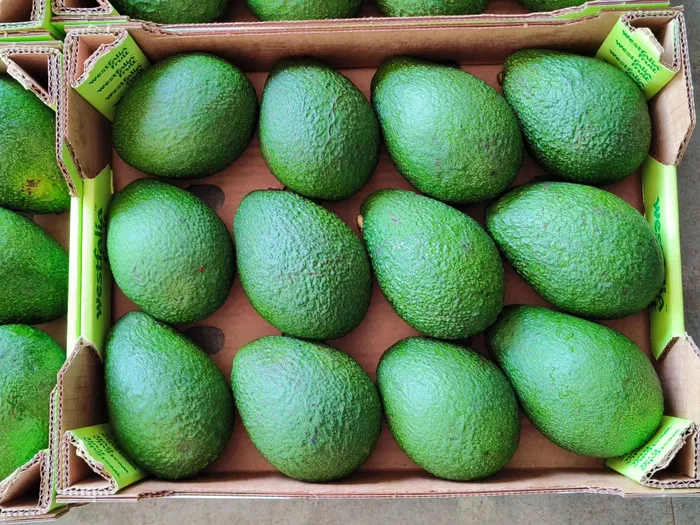South Africa’s subtropical fruit exports offer growth potential — Steenhuisen
AGRICULTURE

Minister of Agriculture John Steenhuisen, while addressing the Subtropical Marketing Symposium on Wednesday, said that South Africa’s subtropical fruit remains key to the agriculture sector.
Image: Supplied
Minister of Agriculture John Steenhuisen has said that South Africa’s subtropical fruit sector remains a cornerstone of the country’s agricultural economy and a critical driver of export growth, particularly as the government pursues new market opportunities in Asia and beyond.
Speaking at the Subtropical Marketing Symposium this week, Steenhuisen said that when he assumed office last year, he pledged to ensure that South Africa’s agriculture would compete “not just on volume, but on value.”
“Nowhere is this more relevant than in the subtropical sector. Our avocado industry produces around 155 000 tons a year, and nearly half of that is exported as fresh fruit," he said.
"Of the fresh exports, 75% go to the European Union and Russia, 22% to the United Kingdom, and a smaller but growing 3% to Africa and the Middle East.”
Steenhuisen noted that emerging markets such as India, China, and Japan still account for less than 1% of exports but present “enormous potential.”
“India presents a substantial opportunity for our avocado growers, especially from May to August when South African exporters can offer a competitive alternative to the South American product, supplying large-sized avocados to Indian consumers during a key window,” Steenhuisen said.
“Japanese consumers and retailers place significant value on sustainability and traceability in food supply chains, and we are well-equipped to meet these standards, but we need stronger coordination between Government, industry players, and logistics operators.”
The minister also highlighted the mango sector as a key area for rural development, particularly in Limpopo, Mpumalanga, and KwaZulu-Natal, where emerging farmers and processors are heavily involved.
South Africa produces about 81 700 tons of mangoes annually, of which 7% are exported fresh, 31% sold locally, and 62% processed into juice, dried fruit, and achar. Nearly all exports—99%—go to the Middle East, with limited access to the European Union and UK markets.
“I am a big supporter of public-private partnerships to assist where possible; for example, the opportunity exists for the PPECB, Transnet, and private packhouses to establish regional export-grade treatment and cold-storage facilities in Limpopo and Mpumalanga,” he said.
“With strong early-season competitiveness in terms of timing, quality, and reliability, and proven phytosanitary compliance in EU and the United States markets. However, market expansion has been constrained by the lengthy and sequential process of pest risk analysis (PRA), often taking several years due to data gaps, resource shortages, and inter-governmental negotiation delays.”
Turning to litchis, Steenhuisen said the smaller sector—producing about 5 100 tons annually, with roughly half exported—has significant potential given its strong early-season competitiveness and proven phytosanitary compliance in the EU and United States.
However, he cautioned that market expansion remains slow due to lengthy pest risk analysis (PRA) processes, which can take years because of data and resource constraints.
Beyond subtropical fruit, Steenhuisen said South Africa’s broader trade and market access agenda has gained momentum.
“Since taking office, I have led progress on eleven major market and tariff fronts. Along with the DTIC, we have kept South Africa’s World Trade Organization (WTO) dispute against the EU’s restrictive citrus measures on the agenda, thereby defending our farmers against protectionism disguised as science," he said.
"I am also involved in ongoing negotiations with the US to advance South Africa’s long-term efforts to secure broader access for South African citrus across all growing regions.”
Wandile Sihlobo, the chief economist at the Agricultural Business Chamber of South Africa (Agbiz), welcomed the minister’s comments, saying market diversification is essential for the sector’s sustainability.
“So, the export diversification approach is not just a response to challenges in trade relations with the US, but an essential step to support the growth of our agricultural sector and other sectors of the economy,” he said.
Sihlobo added that what will be key from now on is the consistent engagement of these countries at a technocratic level to ensure that we see tangible trade engagements supported by business.
“The recent trips help register our interest at a high level and with political leadership, but the real work of ensuring we have greater access to a range of products starts now.”
BUSINESS REPORT